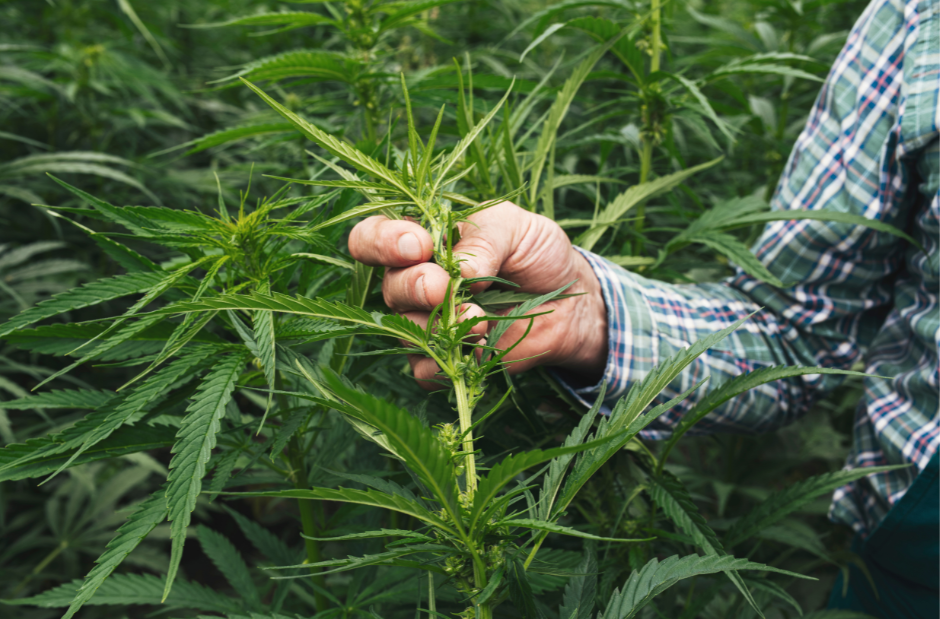Climate change and sustainable agriculture have dominated discussions for the past decade. While some focus on developing renewable energy solutions and others prioritize water conservation, there are countless ways to safeguard our planet for future generations. Hemp stands out as one of these impactful solutions.
Hemp is an incredibly versatile plant with numerous benefits. The rise in hemp biomass has fueled cannabinoid research in medicine, while hemp seeds provide valuable protein and fiber for both humans and animals. Additionally, products traditionally made from paper can now be produced using hemp fiber, and even entire houses can be constructed from it.
Given all the potential uses of hemp, the question arises: how can it be leveraged to enhance farming practices and restore soil health?
It All Starts at the Roots
In the 1930s, the United States faced a devastating environmental crisis known as the Dust Bowl. Triggered in part by unsustainable farming techniques and prolonged drought, the nation’s farmlands saw widespread soil erosion. According to the Library of Congress, “Farmers plowed the prairie grasses and planted dryland wheat. As demand for wheat products surged, grazing land for cattle shrank, and millions more acres were plowed and planted.”
The removal of native grasses left the soil exposed and vulnerable, especially to the strong winds that are common in states like Kansas and Oklahoma. This set off a disastrous chain of events that has since been immortalized in American art and literature.
When native vegetation is stripped away, the soil becomes prone to erosion. However, with responsible farming practices, planting deep-rooted crops like hemp can actually help stabilize the soil, protecting it from the forces of nature.

How Hemp Can Restore and Protect Soil
Hemp is not only effective in maintaining soil stability but also plays a key role in repairing damaged soil. By absorbing contaminants such as heavy metals, pesticides, and other pollutants, hemp helps cleanse the earth. These harmful substances are stored in the plant until harvest, offering a natural way to remove toxins from the environment.
A 2020 study published in GCB Bioenergy highlights the plant’s ability to phytoextract heavy metals and radionuclides, with contaminants distributed across the entire plant in varying concentrations.
Current Research on Hemp’s Soil-Restoring Potential
Ongoing research is expanding our understanding of hemp’s role in soil restoration. A 2022 study by the USDA-ARS Western Regional Research Center in California confirmed that industrial hemp is effective at extracting heavy metals from the soil. The study revealed, “Hemp has deep roots and is tolerant to the accumulation of different metals. Additionally, the biomass produced offers a range of commercial applications after harvesting.”
The surge in hemp research over the past decade has been fueled by increased legalization, providing a greater supply of biomass, seeds, and young plants. This availability has opened up new opportunities for scientific exploration in soil repair and preservation.
The Future of Hemp in Soil Restoration
Hemp is proving to be a versatile and promising tool in environmental restoration. Its ability to remove harmful chemicals from soil and prevent erosion is already established, but the next challenge is determining the best use for the hemp after harvest. Various pathways are being explored, but the optimal solution remains to be fully realized. One thing is clear: this story is still unfolding, and new discoveries are on the horizon.
